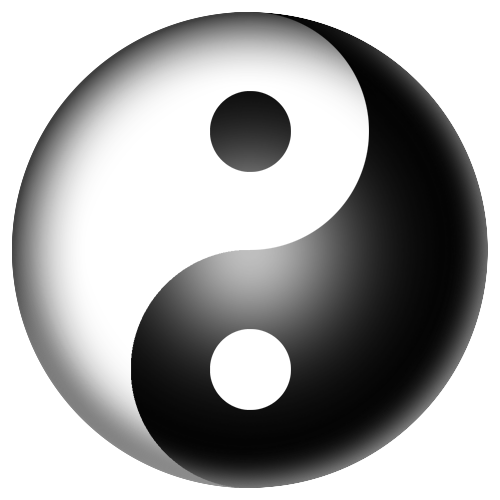"The title of
The First Book of Urizen, [...] suggests on the analogy of the 'first' and 'second' Books of Kings, Samuel, etc. that it belonged to Blake's 'Bible of Hell', promised to the world in
The Marriage of Heaven and Hell. In this cosmological picture book, Blake deserts politics to depict and describe his tyrant-demon Urizen. [...] The poem itself is a sombre satire of Milton's account of the Creation; according to Blake, the Seven Days of Creation represent seven phases of the imprisonment and 'binding' of 'the caverned man' within the limitations of a world experienced only through the five senses.
Urizen, thus limited, becomes the self-deluded and anxious demiurge, engaged in the 'enormous labours' of imposing his 'ratio of the five senses' on rebellious life, whose nature he has not understood. Such, according to Blake, is 'human reason', the false God of the Enlightenment, and, in France, of Rousseau and Voltaire. [...]
"In
The Four Zoas (1795-1804),
Milton (1804-8) and
Jerusalem (1804-20), Los and Enitharmon are more fully realized, and - with Blake's progressive loss of faith in revolution - Orc, spirit of revolution, recedes into the background. Urizen, still retaining the venerable features of 'aged ignorance', becomes the Satan of
Milton. He makes his last, terrible appearance as the cloven-footed false image of God, who, in the
Illustrations of the Book of Job, torments Job with his pretence to being the supreme God. Throughout Blake's work, the true world-ruler is 'Jesus, the Imagination', the 'God within', whose mystical marriage with the soul is celebrated in the last plate of
Jerusalem." -
William Blake by Kathleen Raine (1970)



wizardforums.com



